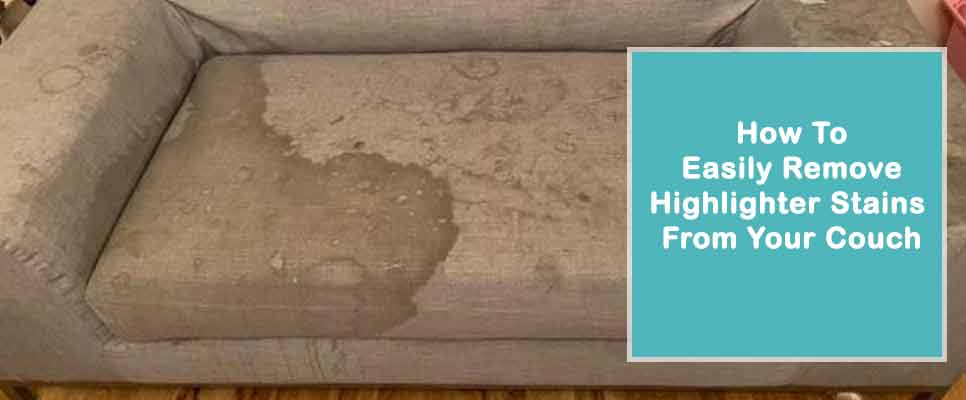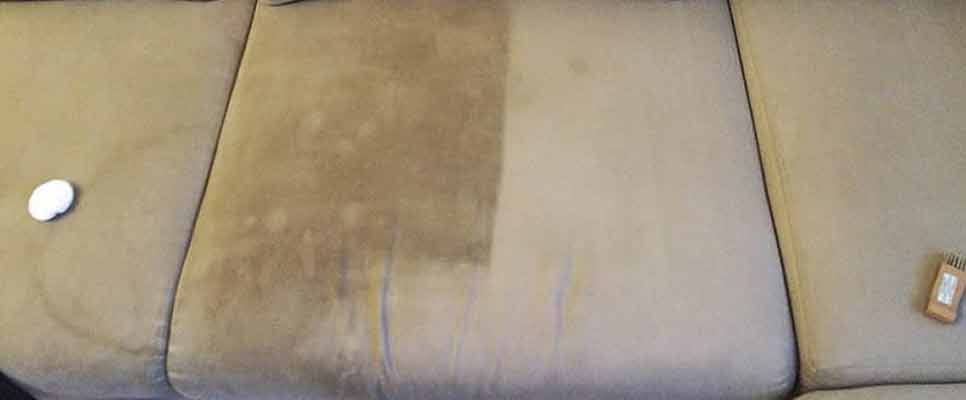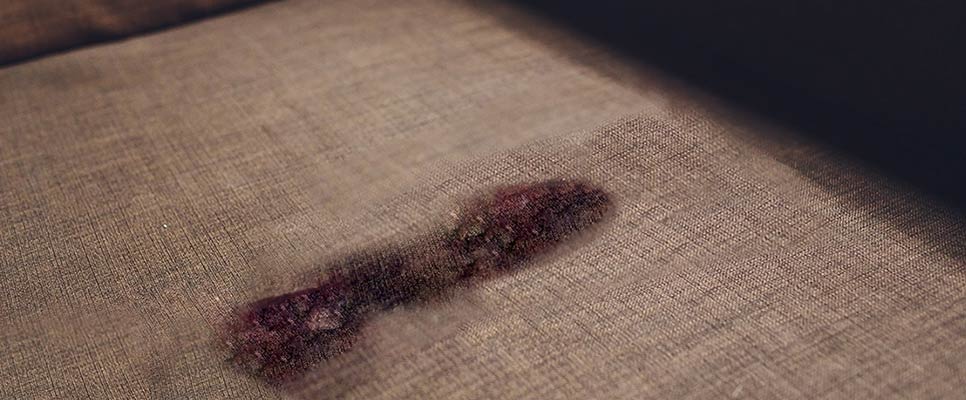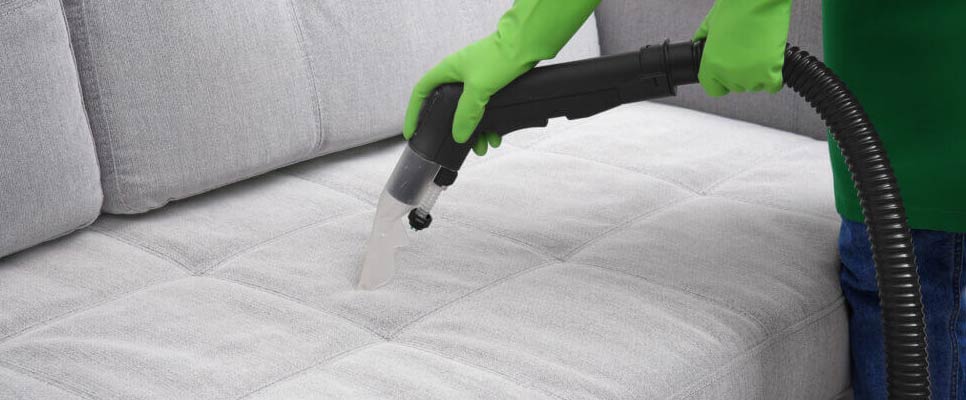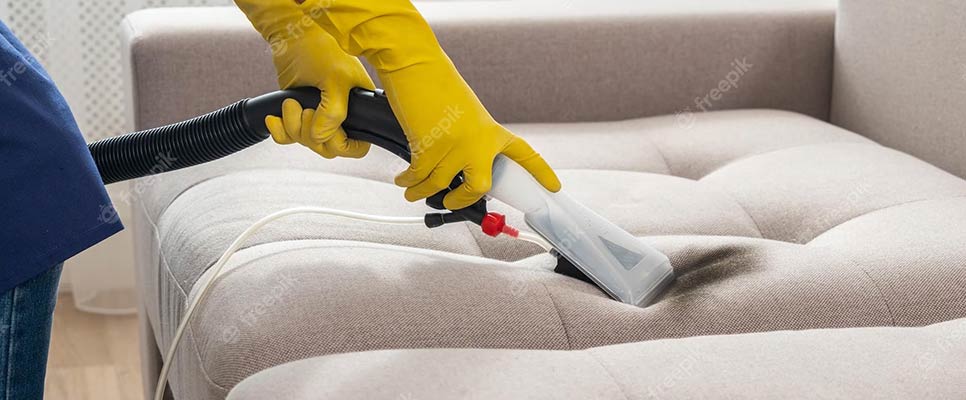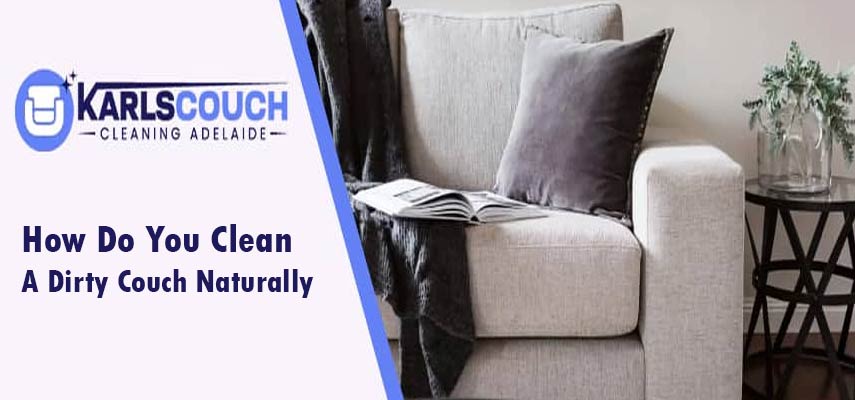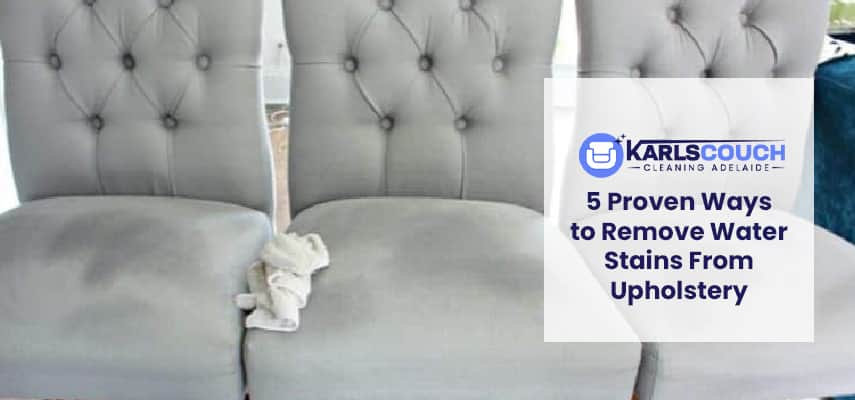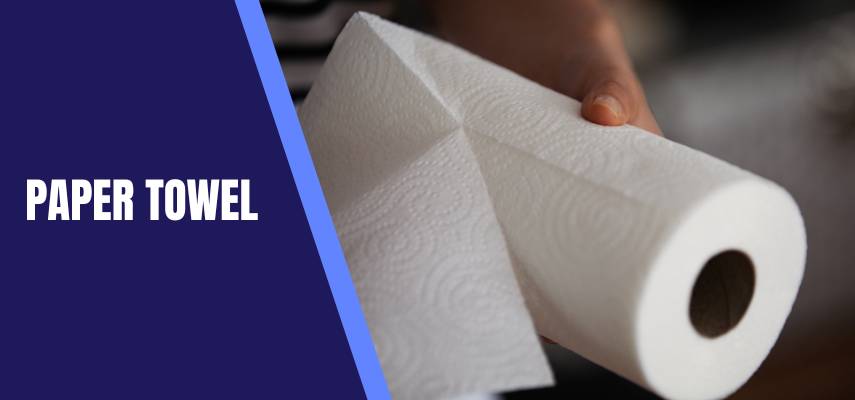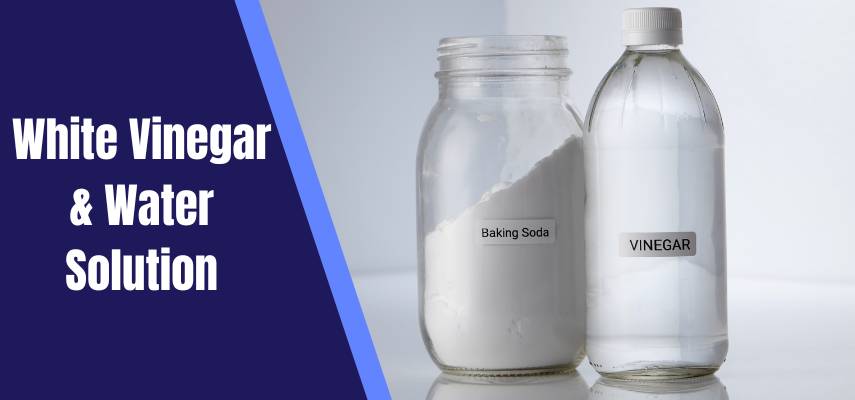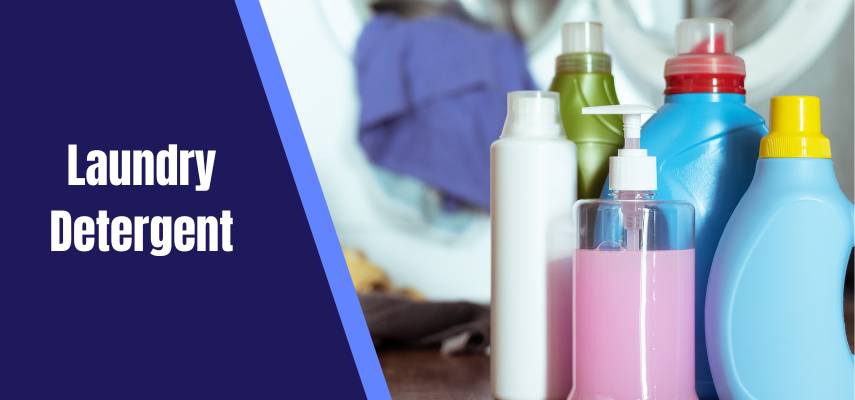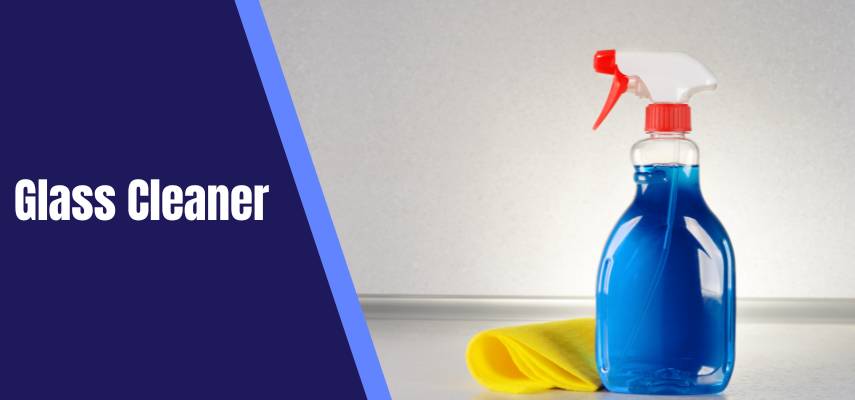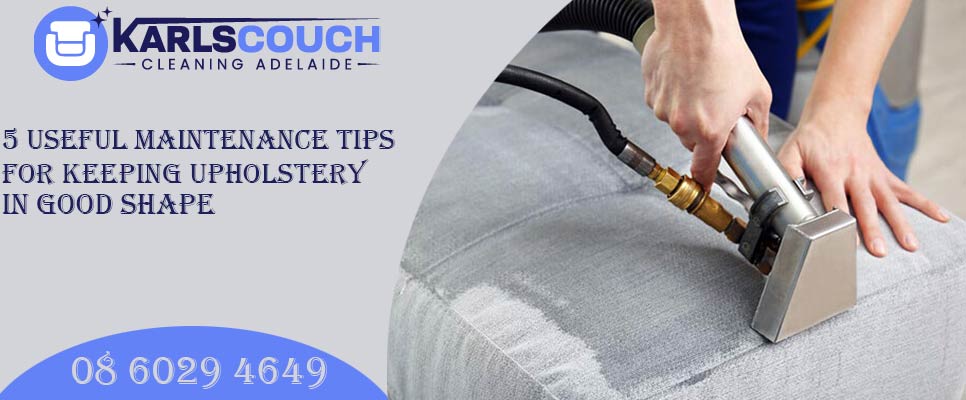Your furniture is more than just a functional part of your home—it’s an investment that adds comfort, style, and character to your space. However, upholstery can accumulate dirt, allergens, and stains over time, diminishing its appeal and hygiene. If you’ve wondered whether cleaning of upholstery is worth it, the answer is a resounding yes. Professional cleaning can make a significant difference in the appearance, longevity, and cleanliness of your furniture. Here’s why cleaning is a worthwhile investment for your home.
1. Revive the Appearance of Your Furniture
Over time, dirt, dust, and oils from daily use can dull the fabric of your furniture, making it look worn and tired. Professional upholstery cleaning restores the vibrant colours and textures of your furniture, giving it a fresh and renewed appearance.
Key Benefits:
- Removes surface dirt and embedded grime.
- Eliminates stains and spots that regular vacuuming can’t handle.
- Brings back the original beauty of the fabric.
A deep clean can transform your furniture, making it look as good as new.
2. Enhance Indoor Air Quality
Upholstery acts like a sponge, trapping allergens, dust, and bacteria within its fibres. While this helps keep particles out of the air, it also means that your furniture can become a reservoir for allergens. Over time, these contaminants can impact the air quality in your home, leading to respiratory issues or allergies.
How Cleaning Helps:
- Removes allergens, such as dust mites and pet dander.
- Eliminates bacteria and odours caused by spills or body oils.
- Creates a cleaner and healthier indoor environment.
Regular professional cleaning is especially beneficial for households with pets, children, or individuals with allergies.
3. Extend the Lifespan of Your Furniture
Neglecting your upholstery can lead to premature wear and tear. Dirt particles act as abrasives, breaking down fibres and causing thinning or fraying of the fabric.
Protect Your Investment:
- Cleaning removes abrasive dirt that can damage upholstery over time.
- Helps prevent stains from becoming permanent.
- Keeps furniture looking newer for longer, saving you money on replacements.
Routine care, including professional cleaning, ensures your furniture stands the test of time.
4. Remove Stubborn Stains and Odours
Spills and accidents are inevitable, especially in homes with kids or pets. While DIY cleaning methods can handle minor stains, they’re often ineffective for deep-set or stubborn spots. Professional upholstery cleaners use specialised equipment and solutions to remove even the toughest stains and odours.
Tackle Common Issues:
- Coffee, wine, or food stains.
- Pet accidents or odours.
- Sweat and body oils that accumulate over time.
By addressing these issues promptly with professional cleaning, you can maintain the integrity and freshness of your upholstery.
5. Eco-Friendly Cleaning Options
Many professional cleaning services now offer eco-friendly options that use non-toxic, biodegradable solutions. These methods are safe for your family, pets, and the environment while delivering outstanding results.
Benefits of Eco-Friendly Cleaning:
- No harsh chemicals that could harm delicate fabrics.
- Safe for allergy sufferers and sensitive skin.
- Reduces your environmental footprint.
Choosing an eco-friendly cleaning service ensures effective results without compromising safety or sustainability.
6. When Should You Schedule Upholstery Cleaning?
The frequency of cleaning depends on your household’s needs and lifestyle. Here are some general guidelines:
- Every 12–18 Months: For low-traffic homes without pets or children.
- Every 6–12 Months: For homes with moderate use, pets, or kids.
- Spot Cleaning as Needed: Address spills or stains promptly to prevent permanent damage.
Scheduling regular cleanings ensures your furniture remains in top condition and free from harmful allergens or bacteria.
7. DIY vs. Professional Upholstery Cleaning
While DIY methods can help with light cleaning, they often fall short for deep cleaning or removing stubborn stains. Here’s how professional cleaning compares:
DIY Cleaning:
- Best for minor spills or routine vacuuming.
- May not remove deep-set stains or odours.
- Risk of damage if improper methods or solutions are used.
Professional Cleaning:
- Deep cleans using advanced equipment and techniques.
- Effectively removes tough stains, odours, and allergens.
- Safe for all fabric types, including delicate or antique pieces.
Professional cleaning delivers results that DIY methods simply can’t match.
Contact Us for Professional Services
At Karls Couch Cleaning Adelaide, we specialise in professional upholstery cleaning that restores your furniture’s beauty and extends its lifespan. Our experienced technicians use state-of-the-art equipment and eco-friendly solutions to remove dirt, stains, and allergens, leaving your furniture fresh and hygienic.
Contact us for Sofa Sanitizing and Disinfecting Services Near Me to schedule your appointment and experience the difference professional care can make!
Conclusion
Cleaning of Upholstery isn’t just about maintaining appearances—it’s about protecting your investment, improving indoor air quality, and extending the life of your furniture. While DIY cleaning can handle minor messes, professional services deliver a deep clean that rejuvenates your upholstery and leaves it looking and feeling fresh. If you’re ready to experience the difference, schedule a professional cleaning today and enjoy a cleaner, healthier home.
FAQs About Upholstery Cleaning
On average, upholstery takes 4–12 hours to dry, depending on the fabric type and environmental conditions.
While some older stains may be more challenging, professional cleaners use specialised techniques to remove or significantly lighten them.
Professional cleaning is recommended every 6–18 months, depending on usage and household factors like pets or allergies.

